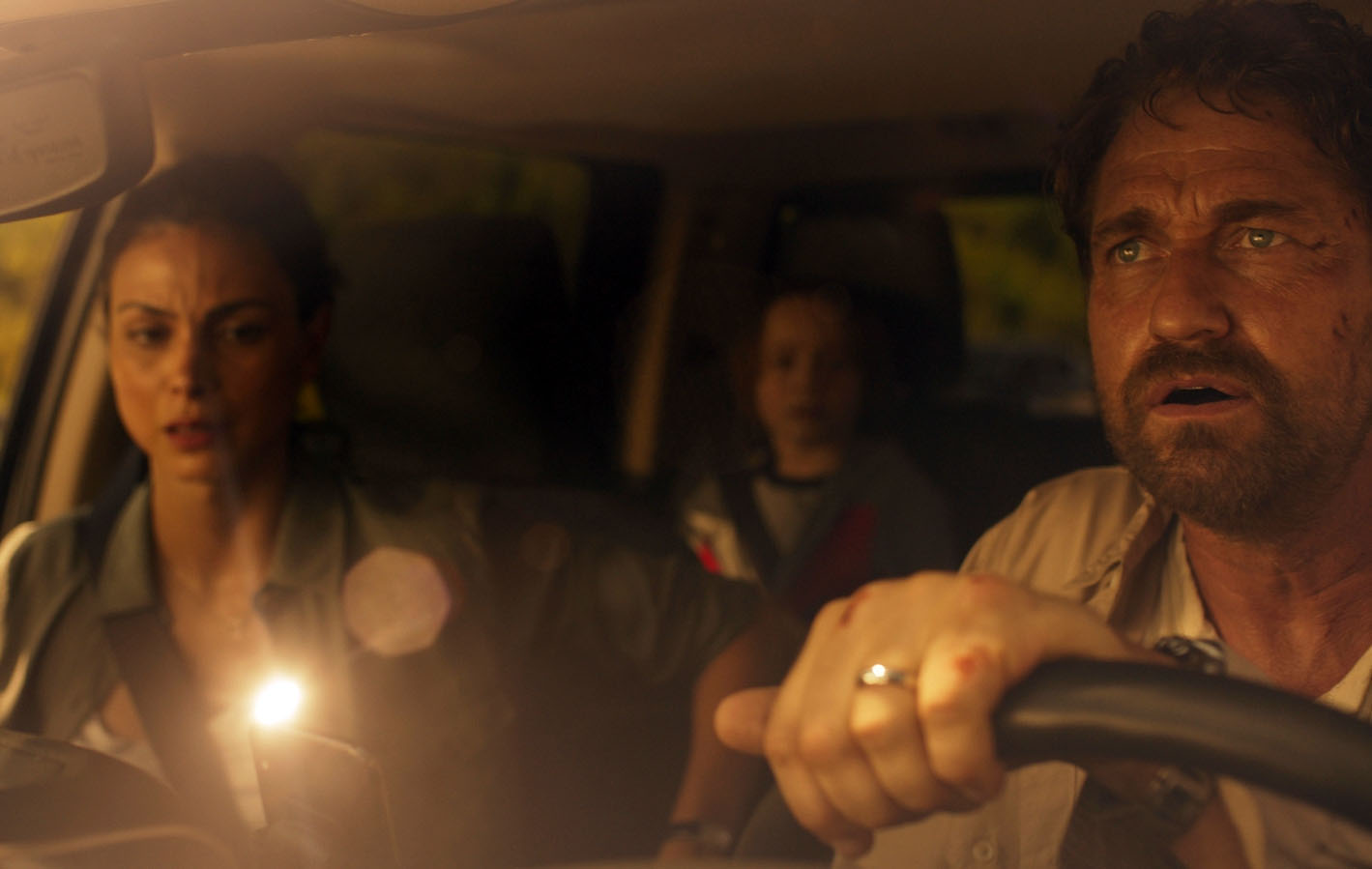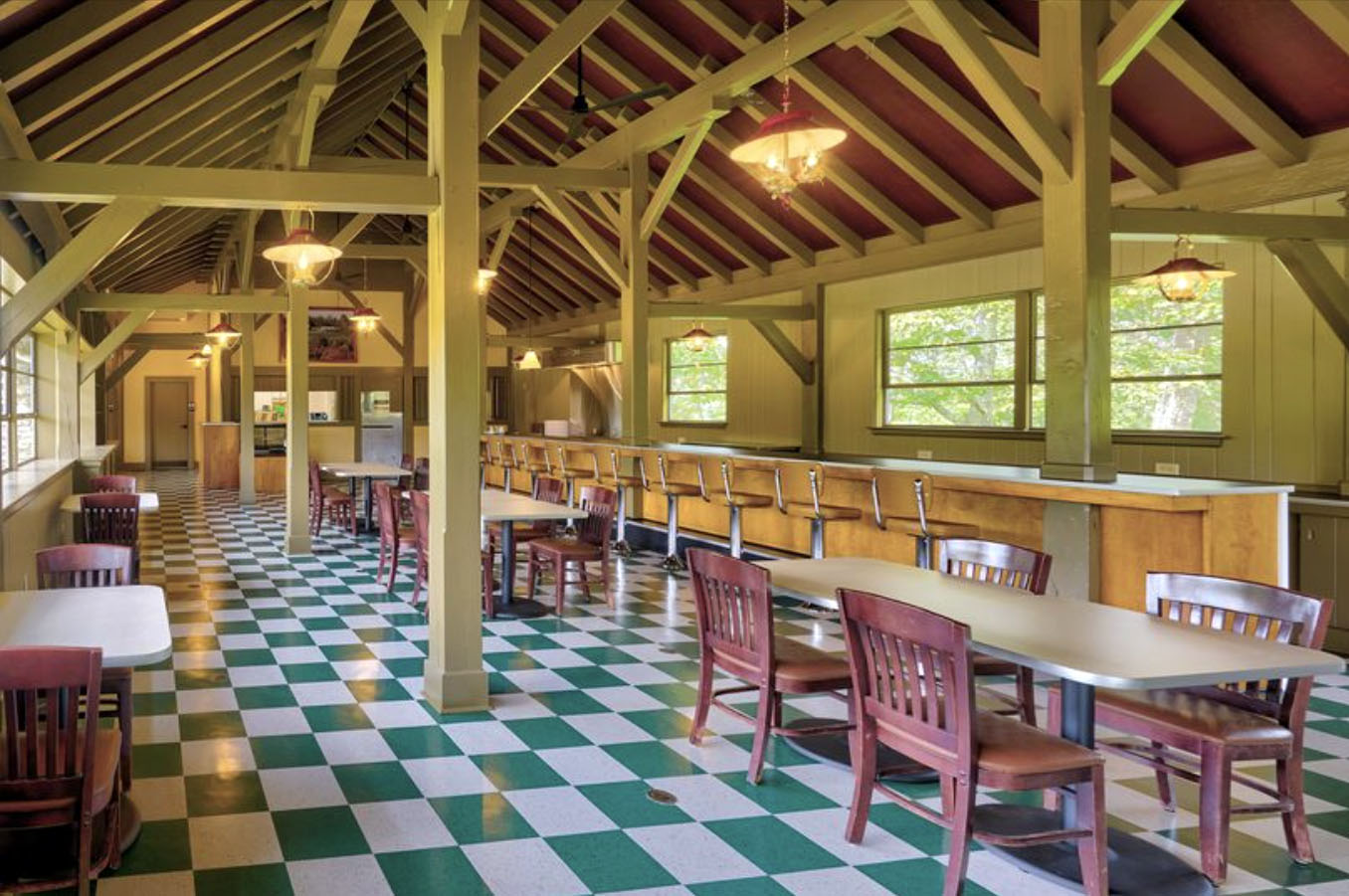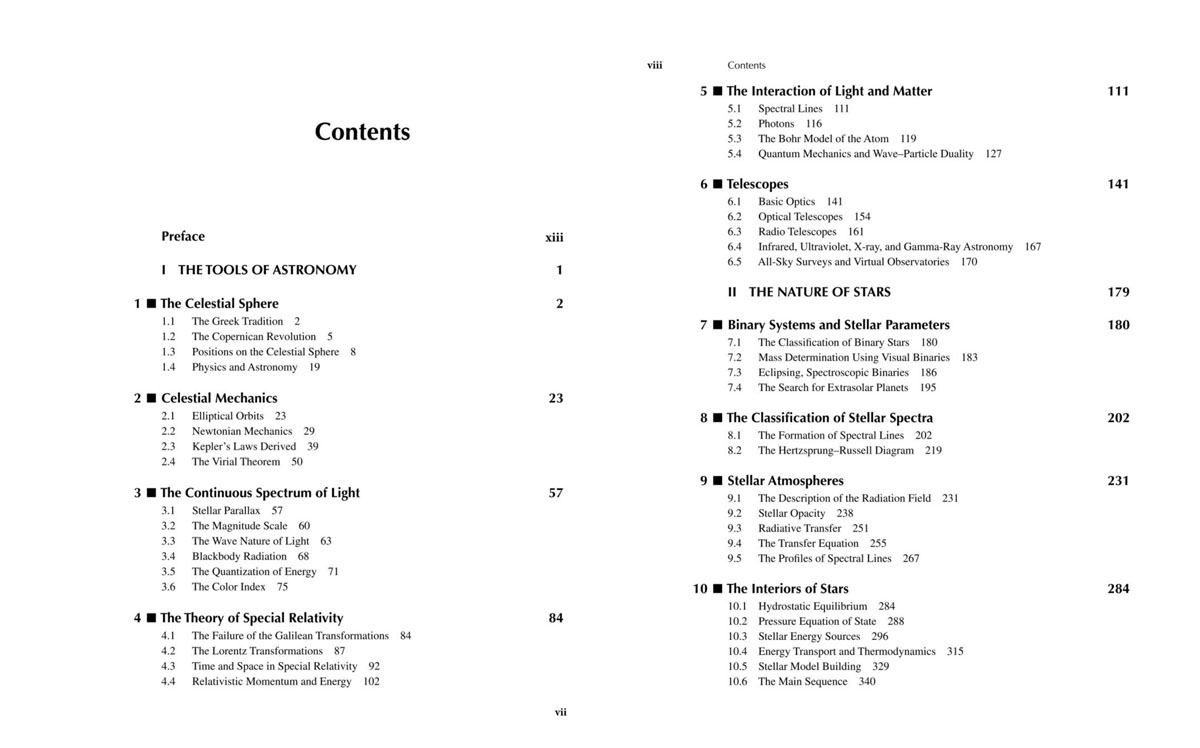
Wild persimmon
Most of the country had unusually cold weather on April 21 and 22. Ironically, April 22 was Earth Day. Here in the South, spring was far enough along that there was considerable damage. Native species are hardy and came through pretty well, with the odd exception of wild persimmon. Most of my persimmon trees are fine, but one tree in particular was badly bitten. The frost was devastating to my two deciduous magnolia trees. The figs were heavily damaged but will recover because they were in an early stage of leafing. The other fruit trees in the orchard — all old Southern varieties — don’t show any damage.
A Facebook friend with commercial vineyards posted sad photos of his damaged vines. He wrote this:
“I want to thank all my dear friends for your concern about our vineyard. First, let me say that it’s not just our vineyard. All the North Carolina vineyards in our area suffered the Earth Day Freeze. Different varietals have varying degrees of damage with the Chardonnay and Cabernet Franc suffering the most. It looks like most of shoots that were budded out were damaged. What will happen is that we will end up a very reduced crop with a mix of latent primary and secondary fruit with irregular ripening. The positive is that this event did not split and kill the vines like we have experienced in the Easter Freeze of 2007. This is being a grape farmer in North Carolina. It’s difficult and this is why wine is so expensive.”
Late frosts have always been a risk, of course. But it seems to me that, at least in this part of the country, late frosts are happening more and more often. I blame global warming, which causes early budding, complicated by increased arctic turbulence also caused by global warming. That turbulence messes with the jetstream, and cold air spills south into places where nature has already committed to spring.

Fig

Deciduous magnolia
Update: It happened in France, too: Washington Post: French vineyards devastated by April frost that followed unusually warm March.











